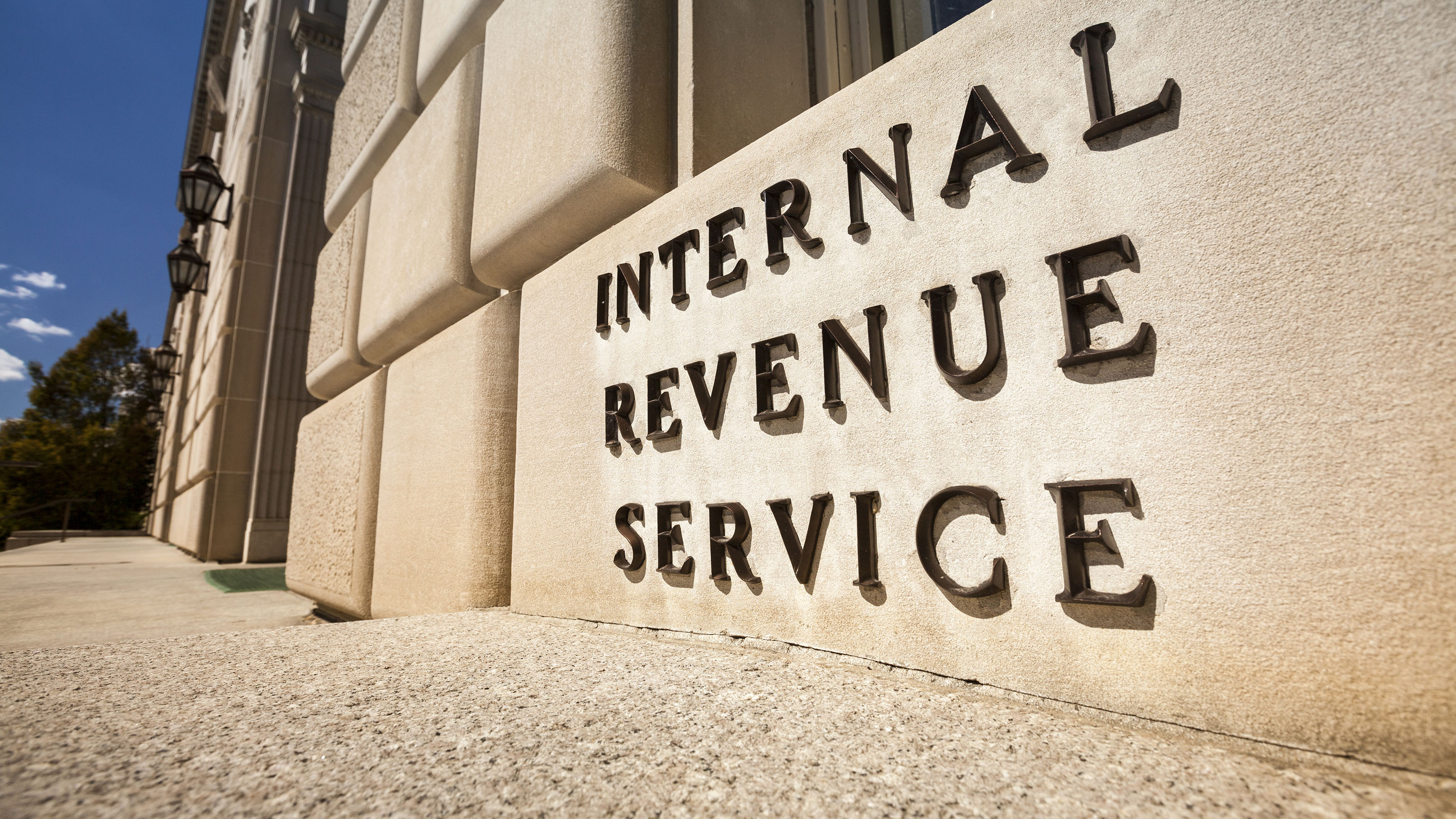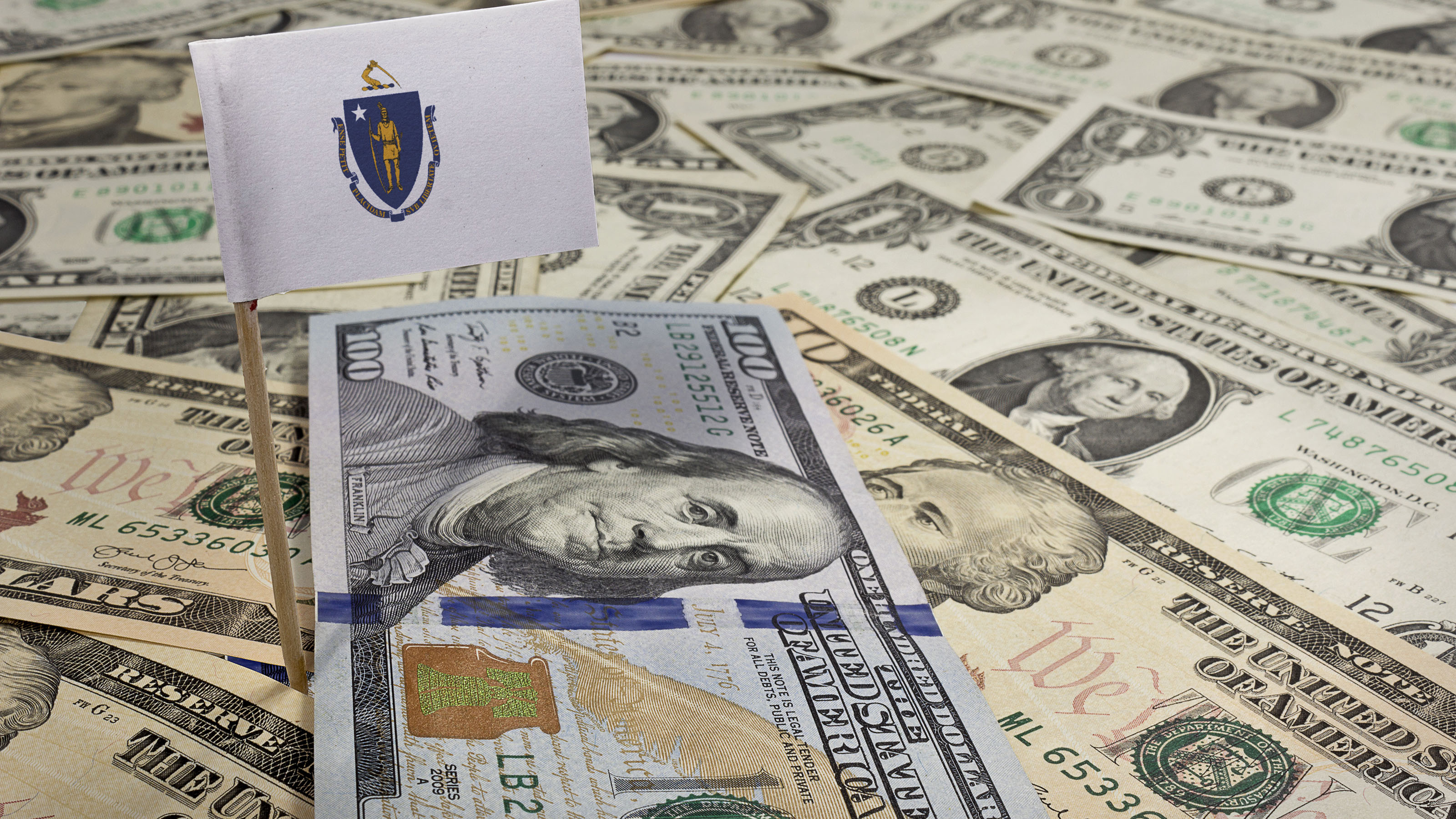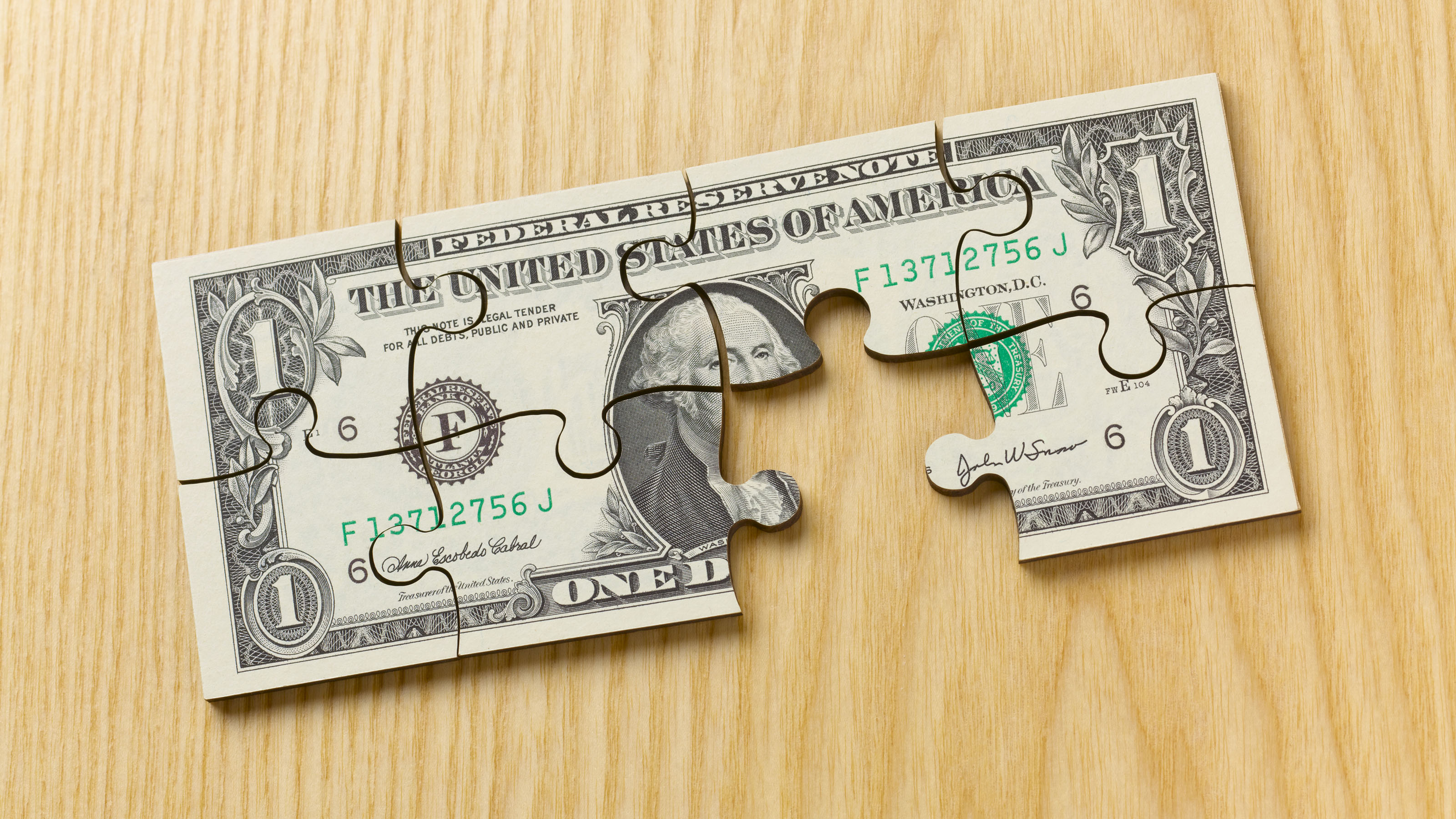Give Yourself a Raise
Whether you've been on the job 10 days or 10 years, here are five ways to get more out of your paycheck and boost your effective income right now -- without having to beg your boss for a raise.
There's nothing like getting your first real paycheck. You feel a sense of accomplishment, pride and independence. And probably a bit of sticker shock.
While it comes as no surprise that Uncle Sam gets first crack at your hard-earned money, somehow it doesn't quite sink in until you see what's actually left for you to take home. For example, a $3,000 monthly paycheck is whittled down to less than $2,300 after federal, social security and medicare taxes are taken out. That's not counting state taxes and any money you might have withheld from your paycheck for benefits. (See Cost-Of-Living Realtiy Check to learn more.)
The good news: Even if you're too fresh on the job to ask your boss for a raise, there are ways you can squeeze more out of your paycheck. By making a few minor adjustments with your human resources department and taking advantage of programs that help you save for routine expenses, you can boost your disposable income and give yourself a raise.

Sign up for Kiplinger’s Free E-Newsletters
Profit and prosper with the best of expert advice on investing, taxes, retirement, personal finance and more - straight to your e-mail.
Profit and prosper with the best of expert advice - straight to your e-mail.
Adjust your withholding
Remember all the paperwork you had to fill out your first day on the job? Amid the flurry was a Form W-4 on which you basically told the government how much money to withhold from your paycheck. (Unfortunately, "nothing" is not an option.) How you fill it out could make a big difference in your take-home pay, and how much you give or get from the IRS come next spring. You don't want Uncle Sam to take too much off the top -- that's money you could have used over the months to cover living expenses, savings or investing. And you don't want to pay too little or you'll get stuck with a big tax bill on April 15.
It all comes down to how many "allowances" you claim. The more allowances you claim on your W-4, the less income tax will be withheld. If you claim zero allowances, you will have the most tax taken out.
Most people fill out their W-4 when they first start a job and never think about it again. However, it's never set in stone. You can adjust your withholding at any time if you think you're having too much or too little taken out. Say, for example, you buy a house and start paying a huge mortgage interest payment each month. Because you can write off that interest on your tax return and reduce your overall tax bill, you can claim more exemptions on your W-4 to reduce your withholding. Instead of waiting for your refund at tax time, you'll get the cash in your pocket right now to help make ends meet (or have a little fun). A tax refund is simply evidence of poor financial planning.
To make sure you are having the right amount of money withheld from your paycheck, try our easy withholding calculator. Just answer three questions (the answers are on your 2005 return), and we'll give you a solid idea of how many more withholding allowances you should be claiming. It's based on the premise that your financial life in 2006 is going to be pretty much the same as in 2005. Ideally, you don't want to owe more than 10% of your total tax bill at tax time, but you should aim for a refund of less than $500.
Cut your taxes, boost your savings
There's no getting around it, you have to pay taxes. But you can reduce the amount of your paycheck that is subjected to them. Taking advantage of employer-sponsored programs that allow you to contribute pre-tax money toward routine expenses -- such as health care, child care or retirement savings -- can help your paycheck go further.
Take the 401(k), for example. These retirement accounts allow you save for your future while reducing your taxable income today.
Say you make $40,000 this year and contribute $2,000 of your salary to your 401(k). Instead of owing taxes on the full $40,000, you're taxed only on $38,000. Your 401(k) contributions are taken off the top before the government dips in. In the 25% tax bracket, that little adjustment saves you about $500 a year in federal taxes. You get the benefit of a $2,000 contribution to your 401(k), but it effectively only cost you $1,500.
Some employers may match a certain portion of your 401(k) contributions, essentially giving you free money to invest in the plan. Take a pass, and it's like passing up a raise. Some jobs allow new hires to join a 401(k) program immediately, while others may require you to wait three months to one year. See Why You'll Love Your 401(k) to learn more about making the most of your 401(k).
Flexible-spending accounts are another great way to lower your taxable income while paying for routine expenses. The most common types are for health care, dependent care and commuting costs -- things you would pay for anyway.
Health-care flexible spending accounts allow you to set aside pre-tax dollars to pay for medical costs not covered by insurance. You can use the money for expenses such as therapy, orthodontia, contact lenses and even over-the-counter drugs. (See a full list of qualified expenses in IRS Publication 502, Medical and Dental Expenses.)
Your employer sets the limit of how much you may contribute to your account, typically $2,000 to $3,000 a year. And once you establish your individual contribution level, you cannot change it in the middle of the year unless you have a change in family status -- you get married, have a child or get divorced.
Dependent-care flex accounts work similarly to alleviate the burden of paying for child care while you are at work. The IRS sets a $5,000 household limit on contributions to dependent-care accounts. Knocking five grand off your taxable income saves you $1,633 a year in the 25% tax bracket because the money also avoids social security and medicare taxes.
There is a downside to flexible spending accounts, however. You forfeit any money left in your account at the end of the plan year. You can only sign up for flex accounts, if they are available where you work, when you're first awarded benefits or once per year during your employer's open enrollment period. You can ask your human resources department when you can sign up next, then use our calculator to see how much money you should set aside in a flex account.
Other sources for savings
Even if your employer doesn't offer a 401(k) or a flexible-spending account, you can make the most of your cash by using tax-advantaged plans outside the workplace.
For retirement savings, consider a Roth IRA. You may contribute up to $5,000 after taxes in 2008. Technically a Roth won't stretch your current paycheck, but it'll pay off in the long run because you won't pay taxes on Roth earnings. (See Why You Need a Roth IRA.)
If you expect to fall in a lower tax bracket when you retire, you can contribute to a traditional IRA. This allows you to deduct your contributions right now and pay the taxes later. But for most young people starting out, a Roth has the best long-term benefits.
For health-care costs, you might benefit from a health savings account. If you have a health insurance policy that requires a minimum deductible of at least $1,100 ($2,200 for families), you can stash enough pre-tax cash in an HSA to cover the deductible. If your employer offers a high-deductible policy, your contributions will be taken directly out of your paycheck just like they would for a flexible spending account. If you've purchased a policy on your own, though, you'll have fund your HSA with post-tax dollars and deduct your contributions on your tax return.
Money left in an HSA at year-end rolls over for you to use next year. And you typically cannot have both an HSA and a health-care flexible spending account. Learn more about the ins and outs of health savings accounts.
Get Kiplinger Today newsletter — free
Profit and prosper with the best of Kiplinger's advice on investing, taxes, retirement, personal finance and much more. Delivered daily. Enter your email in the box and click Sign Me Up.

-
 6 Stunning Waterfront Homes for Sale Around the US
6 Stunning Waterfront Homes for Sale Around the USFrom private peninsulas to lakes, bayous and beyond, Kiplinger's "Listed" series brings you another selection of dream homes for sale on the waterfront.
By Charlotte Gorbold Published
-
 Six Reasons to Disinherit Someone and How to Do It
Six Reasons to Disinherit Someone and How to Do ItWhether you're navigating a second marriage, dealing with an estranged relative or leaving your assets to charity, there are reasons to disinherit someone. Here's how.
By Donna LeValley Published
-
 Trump Wants You Out of the IRS, But You'll Have to Wait Until May
Trump Wants You Out of the IRS, But You'll Have to Wait Until MayIRS Some IRS employees won’t be able to resign using the buyout offer until the end of tax season.
By Gabriella Cruz-Martínez Published
-
 Warning: Watch Out for New IRS Refund Mail Scam
Warning: Watch Out for New IRS Refund Mail ScamTax Scams If you receive a cardboard envelope appearing to be from the IRS about an unclaimed tax refund, be cautious. It’s a new scam.
By Kelley R. Taylor Last updated
-
 Your Frequently Asked Tax Questions Answered: Kiplinger Tax Letter
Your Frequently Asked Tax Questions Answered: Kiplinger Tax LetterKiplinger Tax Letter The Kiplinger Tax Letter receives a lot of reader tax questions and its editor, Joy Taylor answers a selection of them.
By Joy Taylor Published
-
 IRS $80 Billion Plan Targets Taxpayer Compliance, Improved Service
IRS $80 Billion Plan Targets Taxpayer Compliance, Improved ServiceThe IRS unveiled its much-anticipated strategic operating plan detailing how the agency will spend $80 billion in funding allocated over 10 years under the Inflation Reduction Act.
By Kelley R. Taylor Published
-
 Could Some Massachusetts 62F Refunds Be Taxed?
Could Some Massachusetts 62F Refunds Be Taxed?The IRS has weighed in on the tax status of nearly $3 billion in Massachusetts 62F refunds issued in 2022.
By Kelley R. Taylor Published
-
 IRS Confirms Tax Fate of California Middle Class Refunds
IRS Confirms Tax Fate of California Middle Class RefundsMillions of Californians worried about paying tax on middle class tax refunds have an answer along with other tax deadline relief.
By Kelley R. Taylor Last updated
-
 Will You Pay Taxes on Your State Stimulus Check?
Will You Pay Taxes on Your State Stimulus Check?Millions of people who received state "stimulus" payments in 2022, have wondered whether the money will be taxed.
By Kelley R. Taylor Last updated
-
 Is Your Favorite SUV EV Eligible for a Tax Credit?
Is Your Favorite SUV EV Eligible for a Tax Credit?The SUV that you thought wasn't eligible for the electric vehicle tax credit before, might now qualify.
By Kelley R. Taylor Published